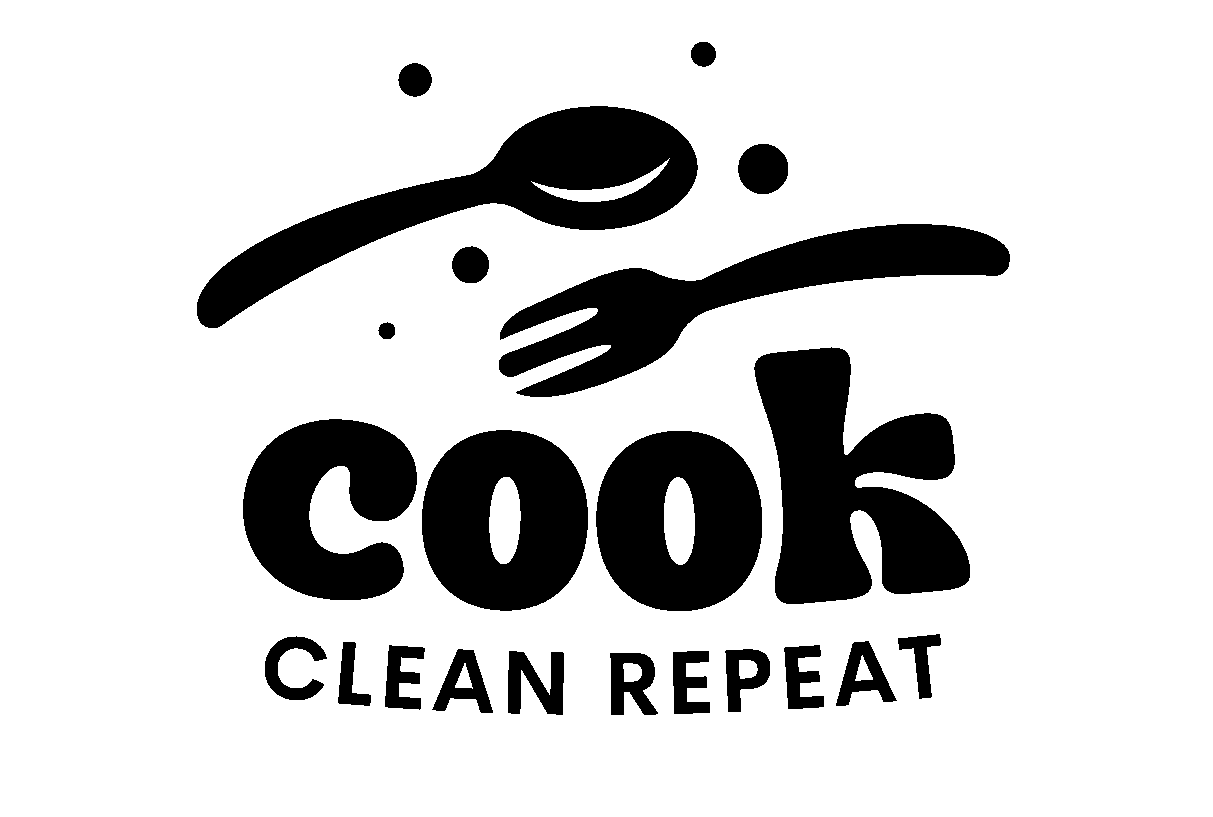20 Common Groceries That Have Consistently Doubled In Price
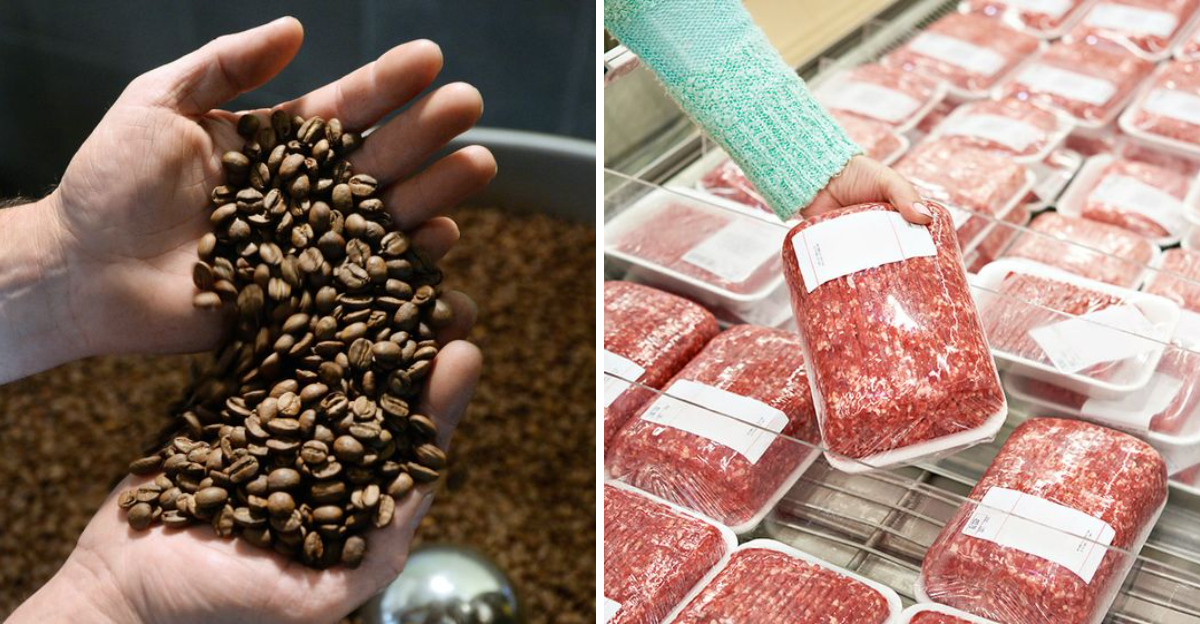
Sticker shock at the supermarket is not your imagination. Across staples you grab every week, prices have quietly marched upward until many have effectively doubled. From breakfast basics to pantry workhorses, the reasons range from weather and global supply to packaging and shipping. Here is a clear, no fluff tour through the items hitting your wallet the hardest and what is pushing them higher.
1. Eggs
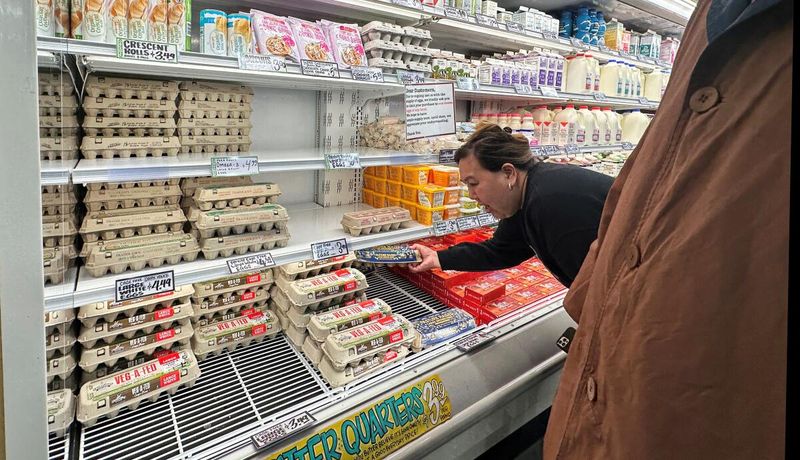
Eggs were once the reliable cheap protein, but not lately. Avian flu outbreaks culled flocks and made supply tight, while expensive feed kept farms from bouncing back quickly. If you reach for premium or free-range dozens, the jump feels even bigger.
You might notice more empty spaces on the shelf and fewer promotions. That is the market telling you supply has not fully recovered. Consider buying larger packs when on sale or using eggs in stretch-friendly recipes to soften the hit.
2. Butter

Butter prices have climbed as dairies juggle higher feed bills, labor shortages, and energy for processing. Bakers at home and in restaurants have not cut back much, so demand stayed strong even as costs rose. That combination pushed sticks and blocks into splurge territory.
You will see fewer deep discounts and smaller package sizes creeping in. If you bake often, try buying store brands or watching for seasonal sales. Freezing extra butter can help you stay ahead of spikes.
3. Olive Oil
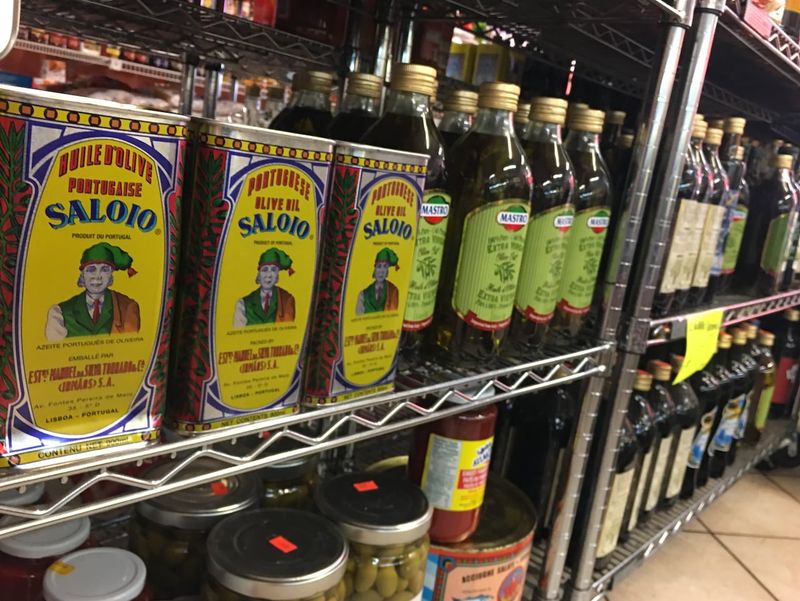
Poor harvests across Mediterranean groves collided with record heat waves, squeezing olive yields. Importers paid more at every step, from farm to tanker to shelf, and those costs landed in your cart. Even mid grade bottles that used to feel affordable now sting.
If flavor matters, you can rotate in blends or smaller bottles to keep oil fresh and costs stable. For cooking, consider neutral oils when high heat is involved. Save the good stuff for finishing and salads.
4. Vegetable/Canola Oil

Crop shortfalls and weather swings tightened supply for canola and soy. At the same time, biofuel demand soaked up a surprising share of oilseed output, leaving less for kitchens. The result is higher shelf prices on the most everyday frying staples.
You can stretch bottles by measuring instead of pouring freehand. Air fryers and baking methods cut oil use and still deliver crisp textures. Keep an eye on warehouse clubs for case deals when prices dip.
5. Flour

Wheat harvest volatility rolled straight into milling costs, then got amplified by trucking and fuel. Even store brand all purpose bags are not immune, and specialty flours rise faster. When crops swing, baker pantries feel it months later.
Buying in five or ten pound bags can reduce the per pound hit. Store flour airtight to avoid waste and extend freshness. If you bake often, consider mixing all purpose with a portion of whole wheat to stretch value.
6. Bread & Buns

Bakeries pass along higher flour, labor, and utility costs, and packaging adds another layer. Plastic, labels, and twist ties sound minor but stack up fast across millions of loaves. That is why buns for cookouts and daily sandwich bread both feel pricier.
Look for day old racks to score solid brands at a discount. Freezing extra loaves helps avoid midweek runs at full price. Toasting can revive texture and make budget bread taste premium.
7. Breakfast Cereal
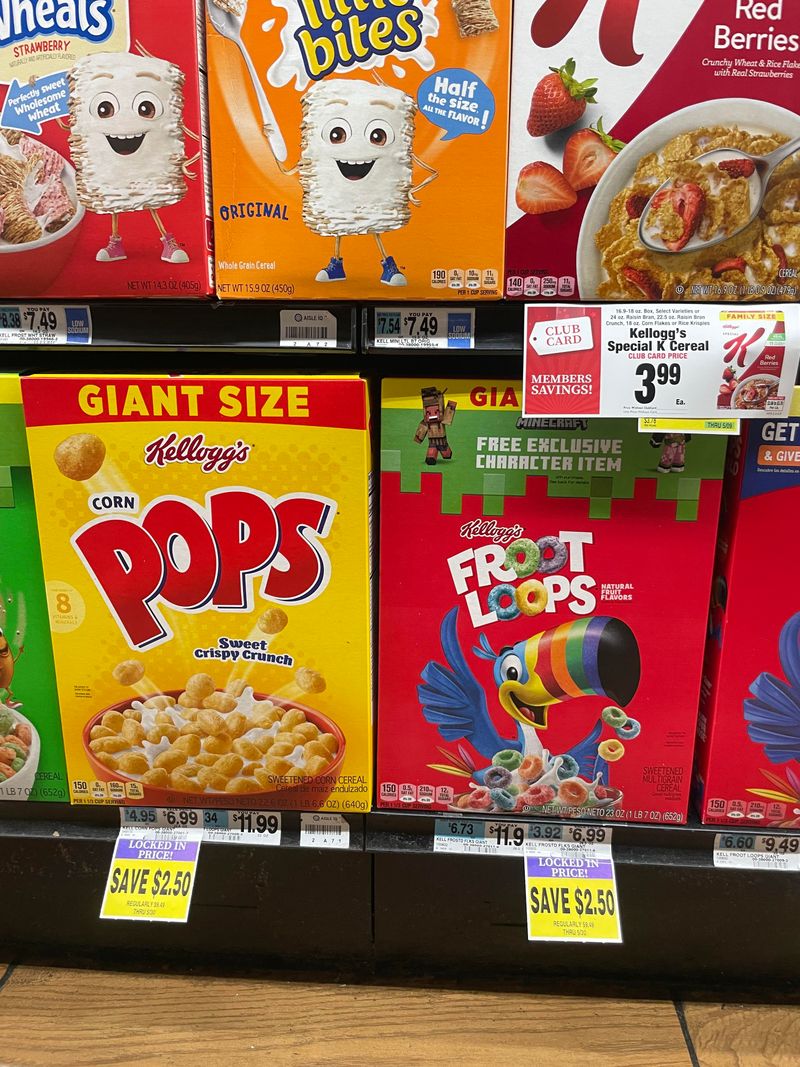
Cereal got hit from every direction at once. Grains and sugar rose, cardboard for boxes jumped, and shipping stayed expensive. The result is fewer coupons and noticeably higher unit prices even on family sizes.
Consider store brands or bulk bags when available. If you like a specific brand, wait for buy one get one events and stock up. Oats or homemade granola can serve as a budget friendly swap now and then.
8. Sugar
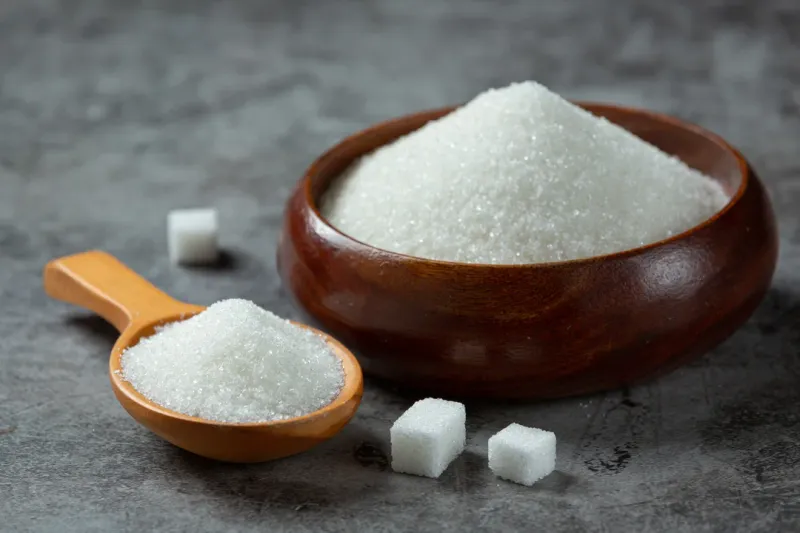
Weather troubles in key cane and beet regions tightened global sugar supply. Import costs, tariffs, and freight all flowed into the price you see locally. Even off brand bags rarely escape the climb when the world market tightens.
Use measuring scoops to keep recipes consistent and avoid waste. Consider reducing sugar in baking by a small percentage without losing taste. Keep an eye on holiday baking sales for the best stock up windows.
9. Coffee

Coffee trees faced drought and disease pressures, especially in Brazil and Central America. Shipping containers and fuel added more cost on the trip to roasters. By the time beans hit your mug, that chain of expenses shows up clearly.
Buying whole beans and grinding at home can stretch flavor, so you use less per cup. Consider medium roast blends that balance taste with price. Subscriptions or warehouse samplers can help lock in better rates.
10. Rice
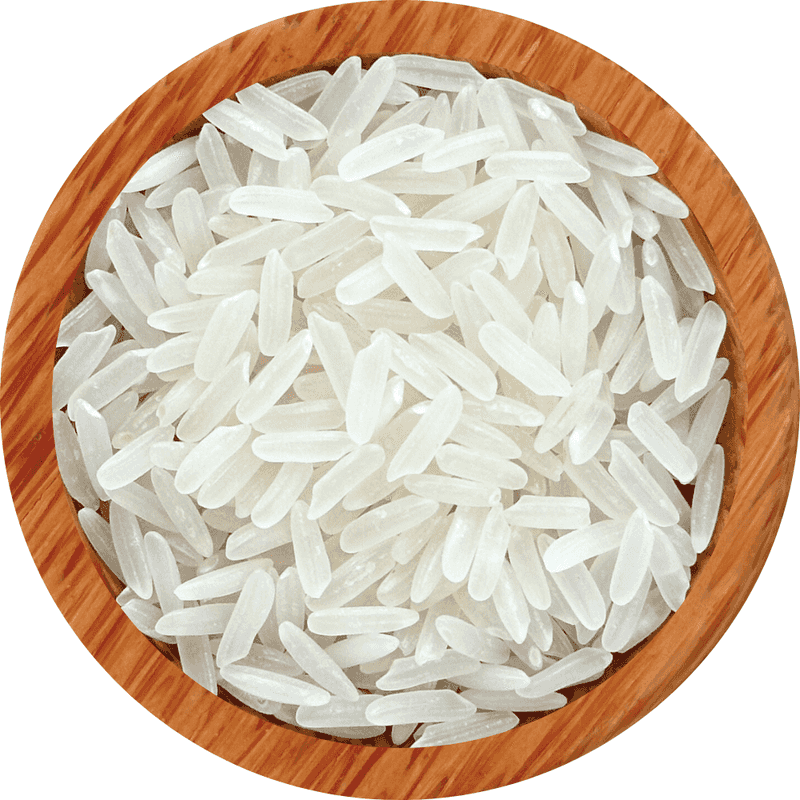
Export restrictions from key producers pushed global rice prices up. Weather disruptions did not help, especially for fragrant varieties like jasmine and basmati. If your meals lean on rice, you probably felt the jump quickest.
Buy in larger bags when you can store them safely. Rinse and cook precisely to avoid waste and get fluffier grains. Rotate between varieties to catch sales without changing your menu too much.
11. Pasta
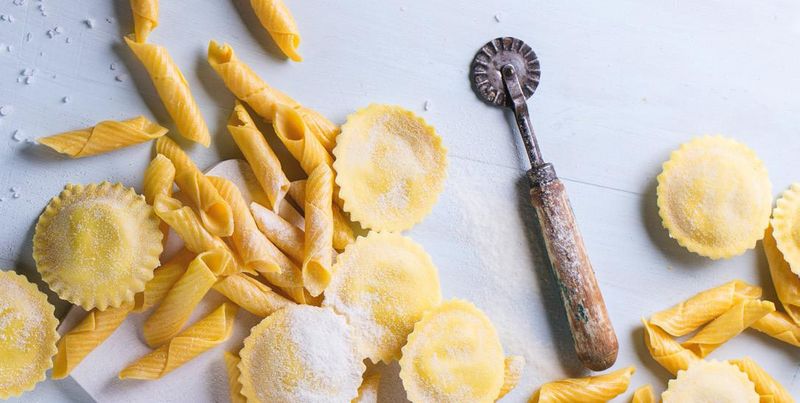
Durum wheat, the backbone of pasta, spiked hard in recent seasons. Packaging, especially cartons and plastic windows, added more expense. That is how a pantry staple turned into a watch the sale signs purchase.
Cooking pasta a minute less and finishing in sauce can save energy and improve texture. Buying multipacks reduces per box cost if you have storage. Try rotating shapes based on what is discounted that week.
12. Cheese (Especially Shredded/Blocks)

Cheese reflects milk prices plus the time and space it spends aging. Shredded packs add extra processing and packaging, which raises the per pound cost even more. That is why your pizza night toppings feel pricier than last year.
Blocks are often cheaper than pre shredded. A simple box grater pays for itself fast, and you get better melt. Watch seasonal deli promos for larger formats that freeze well.
13. Yogurt

Yogurt carries dairy input costs plus fruit purees, sweeteners, and plastic cups. Single serves are convenient but pay a premium for packaging and branding. Prices have climbed enough that multipacks and tubs often make more sense.
Stir in your own fruit or honey to control cost and sugar. Greek styles can be stretched with a splash of milk for smoothies. Check date codes and buy what you will truly finish to avoid waste.
14. Milk (Gallon & Half-Gallon)
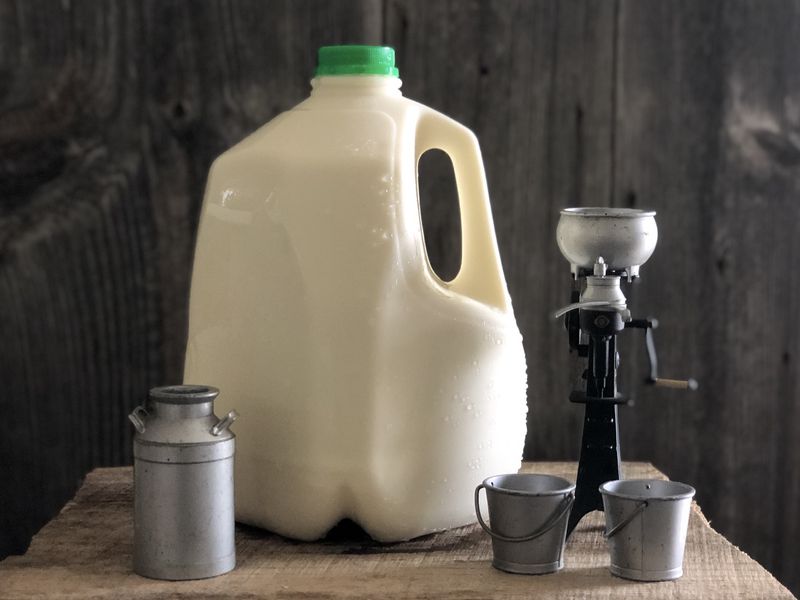
Milk is heavy, so transport costs weigh heavily on the final price. Farm inputs like feed and energy have not relaxed much either. That is why even basic gallon jugs feel elevated compared with a few years ago.
Shop supermarket house brands, which often track lower than name labels. If you use a lot, time purchases around weekly flyer deals. Keep milk cold during the ride home to protect every dollar you spent.
15. Chicken (Breast & Thighs)

Feed grains rose and processors faced staffing bottlenecks, tightening the flow of value cuts. Breasts and thighs that once anchored budget dinners now swing wider week to week. Promotions still happen, but not as deep or as frequent.
Buy family packs and portion for the freezer when prices dip. Marinating tougher cuts boosts tenderness so you can enjoy savings. Rotisserie chickens can be cost effective when raw prices surge.
16. Ground Beef

Smaller cattle herds and expensive feed tightened beef supply. Fuel and transport kept pressure on processing and distribution. The everyday pound for tacos and burgers climbed steadily and rarely looks cheap now.
Watch for bulk chub deals and portion at home. Blending in mushrooms or lentils stretches flavor without feeling skimpy. Freeze patties flat for quick weeknight meals and less waste.
17. Bacon
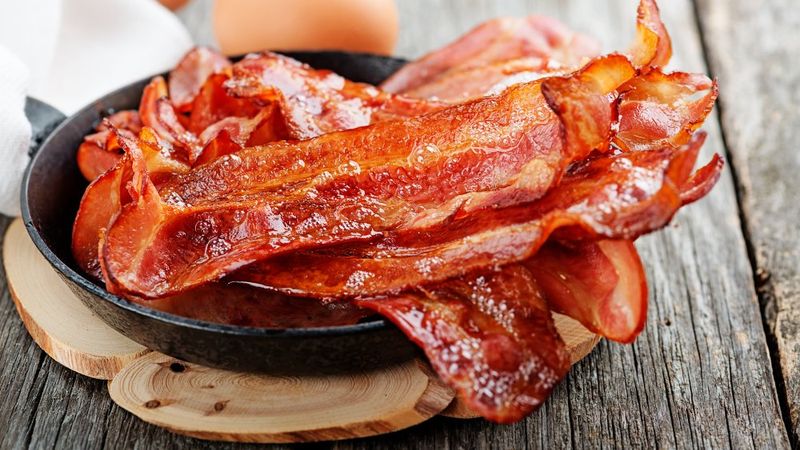
Hog herd cycles reduced supply at the wrong time, and processing stayed expensive. Packaging costs and branding pushed bacon into premium territory on many shelves. Weekend breakfasts now feel like a treat you plan around sales.
Buy ends and pieces for soups and beans to capture flavor on a budget. Bake strips to render more fat cleanly and save it for cooking. Consider turkey bacon when pork prices spike beyond comfort.
18. Canned Tuna & Salmon
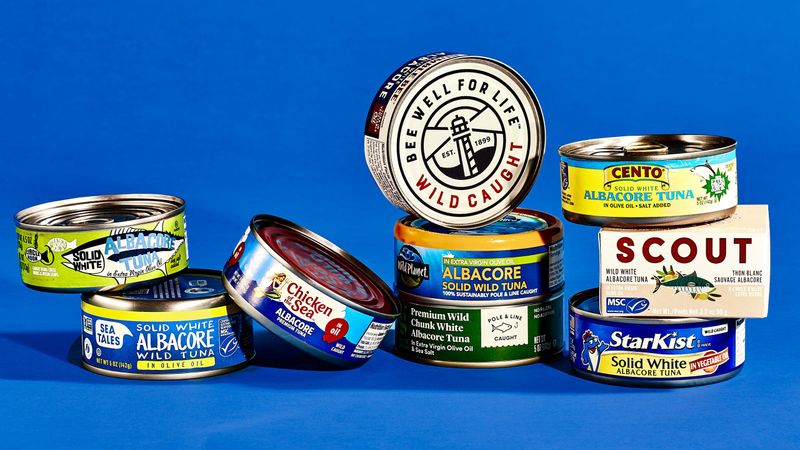
Fishing fleets face fuel and labor costs that keep creeping up. Canning lines pay more for aluminum, labels, and shipment. That is how a quick pantry protein doubled quietly while staying under most radars.
Watch unit prices closely, as can sizes vary a lot now. Pouches can be a better deal and reduce drain loss. Stock up when multipacks take a rare dip.
19. Canned Tomatoes & Sauce
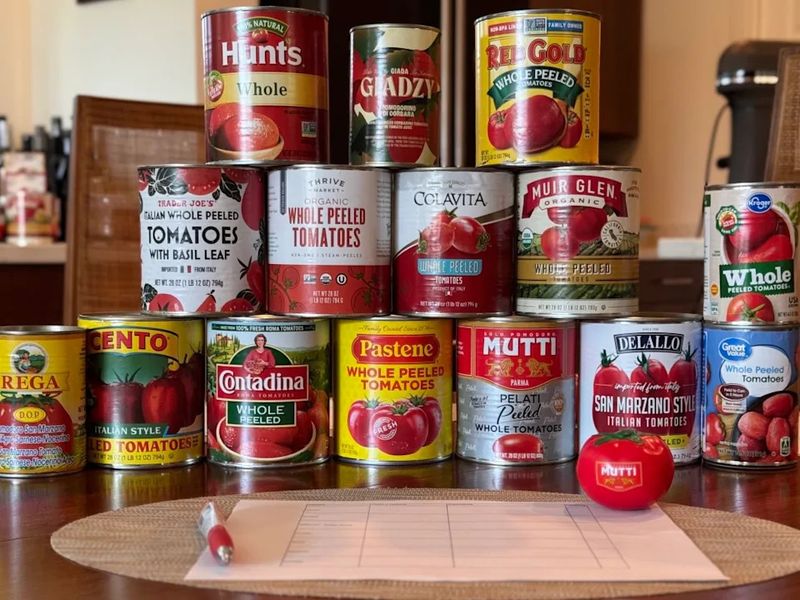
Crop swings set the base, then tin, labels, and fuel add layers of cost. Multipacks that once saved money now sometimes cost more per can. You may notice fewer coupon promotions and narrower brand choices.
Compare ounce for ounce across sizes to avoid trap pricing. Keep crushed tomatoes and paste on hand to build sauce cheaply. When prices dip, buy a flat and rotate for steady meals.
20. Pet Food (Dry & Wet)

Pet food tracks many of the same pressures as human groceries. Meat meals, grains, and aluminum cans all cost more than a few years ago. That pushes both kibble and wet food higher, leaving fewer bargain options.
Compare cost per ounce and consider larger bags if your pet can finish them fresh. Rotate proteins to catch sales without upsetting diets. Subscribing for regular deliveries can shave a bit off monthly bills.
